A sparkling bay dotted with billowy white-sailed boats, brick-laid streets with graceful Colonial-era homes, and the inspiring sight of 4,000 young men and women in uniformed formation —welcome to Annapolis, the state capital of Maryland, a mecca for boating enthusiasts from around the world, and a must-see on any visit to the Chesapeake Bay.
You can ride to Annapolis in less than an hour from either Washington, DC, or Baltimore, Maryland. Route 50 will bring you into the heart of Annapolis’ Historic District, one of the best-preserved Colonial towns in America (in fact, if you’re an architecture buff, you’ll be happy to know that Annapolis is home to more surviving colonial buildings than any other city in the country). But make no mistake—while Annapolis has its requisite museums and historic houses, this is no theme park. People work here, govern here, and—as I once did myself—live here.
Annapolis can be congested, especially during the summer and on weekends year-round, so you’ll want to leave your bike as soon as you come into town. Parking is always at a premium in the Historic District but there is a large parking lot by the harborfront and garages in town, along with metered parking—if you can find a space—along Main Street and some of the surrounding side streets. Once you’ve stashed your bike, you can discover Annapolis the way it can be seen best—by foot and by water.
Annapolis dates back to the mid-17th century when it was founded by a group of Virginia Puritans lured there by religious tolerance. Its first name was Anne Arundel Town and it was later renamed Annapolis, in honor of Princess Anne, heiress to the English throne.
By the 18th century, the town was the cultural and social hub for the Mid-Atlantic area, with all four Maryland signers of the Declaration of Independence—William Paca, Thomas Stone, Samuel Chase, and Charles Carroll—having homes in the city, all of which have been preserved.
Visit some of the city’s many historic sites and you will follow not only the history of the city itself but also of the United States. The Maryland State House, for example, is the oldest state capitol building in the United States in continuous legislative use, and it also served as the country’s first peacetime capital, from November 1783 to August 1784. Inside the capitol you can still see the original Old Senate Chamber where General George Washington resigned his commission and where Congress ratified the Treaty of Paris, officially recognizing the independence of the American colonies from Britain.
Down at the City Dock—one of the oldest and best-preserved in the country—you’ll find the Kunta Kinte-Alex Haley Memorial, commemorating the arrival of Kunta Kinte, a young African who was sold into slavery in Annapolis. Kunta Kinte’s story was made famous by Haley’s novel, and subsequent television mini-series, Roots.
At the other end of the city, away from the dock, is St. John’s College, the third oldest school in the country, known for its “Great Books†curriculum. Throughout its long history, the college has also served as a military hospital during the Civil War, and was the site where 122 slaves enlisted in the U.S. Color Troops in 1864.
You can’t visit Annapolis without seeing its other famous educational institution, the United States Naval Academy. The Academy was founded in 1845, first began awarding college degrees in 1933, and accepted its first female students in 1976. There are 4,000 midshipmen and women attending the four-year academy. You can tour the Academy any time of the year during regular visiting hours (9 a.m. to 5 p.m.). Guided tours leave from the Armel-Leftwich Visitors Center (although you can also walk the Academy grounds on your own) visiting the Shipbuilding Museum, Chapel, Herndon Monument, Crypt of John Paul Jones, and Statue of Tecumseh.
One of Annapolis’ biggest attractions is, of course, its waterfront location. So make sure your meter is paid up and do what both locals and visitors do—get out on the Bay. You can take a public boat tour, rent your own, or even take sailing classes. Take an hour-long narrated cruise or sign up for a half-day or full-day excursions to some of the other picturesque Bay towns such as St. Michaels and Oxford.
You can spend the night in Annapolis (if you’re planning to come on a weekend, during on of the two annual boat shows in the fall, during Commissioning Week in spring, or during the summer, make sure you have reservations before arriving) and the next day head out of town to some of the smaller, more rural towns along the Bay. MD 2 South (Solomon’s Island Road) has stretches of highway when leaving Annapolis, but south of Edgewater is a scenic, winding flat road that runs along the Chesapeake Bay. Just 15 miles south of Annapolis is the port town of Galesville with spectacular views from its pocket-size waterfront park. To get there, take Rte. 2 South, turn left onto Muddy Creek Road after 4.4 miles, and keep riding on the winding road through old Maryland farmland for another 5 miles. Turn left on Galesville Road and stay on it until you come into town.
About 40 miles from Galesville, still following Rte. 2 South through farmland and more Bayside views, is the Calvert Cliffs State Park on the Chesapeake’s Western shore (the park is located 14 miles south of Prince Frederick on Rtes. 2/4, in Lusby, Maryland). The cliffs, which were formed more than 15 million years ago, stretch along 30 miles of coastline. There are 13 miles of foot trails, and a two-mile hike from the parking lot will bring you to the open beach and the fossil-hunting area where there are more than 600 species of fossils; you can keep what you find (because the cliffs are unstable, you can’t hunt for fossils at the bottom of the cliffs). There are also specific trails marked for bicycles and horseback riders, and a one-acre pond stocked with freshwater fish.
Continue along Rte. 2 South for approximately 20 miles (at any time along Rte. 2 you can also head east on any of the crossroads which will take you through more scenic countryside) until you reach Solomons, a tiny village of homes, restaurants, shops, and accommodations. Solomons was actually an island until the mid-19th century when Isaac Solomon, the developer of oyster canning in Baltimore, purchased “Sandy Island†and built a processing plant there. The channel that separated the mainland from the island was eventually filled in with oyster shells, and a small bridge near the Waterman’s Memorial Park today connects the island to the mainland.
One of the more popular activities in Solomons is a visit to the Calvert Marine Museum. The museum offers a glimpse of the region’s maritime history and life on the Bay. There’s also a 15-tank “estuarium†that is home to local water creatures, and a boardwalk from the museum extends into the marsh for hands-on exploration. For the nimble of feet, climb to the top of an authentic screw-pile lighthouse. Visitors to the museum can also cruise around Solomons harbor and the Patuxent River on an 1899 nine-log bugeye.
Two miles north of Solomons is Annemarie Garden on St. John, which blends the Bay’s native vegetation with original sculptures, including the formal fountain, “Tribute to the Oyster Tonger,†“The Council Ringâ€â€”a ring of granite chairs, and “Generations Room,†which symbolizes the generational cycle of plants and man. Art exhibitions are held in the garden’s gallery, and special events are sponsored throughout the year.
The Chesapeake Bay extends throughout Maryland and Virginia so it’s impossible to cover it all in just one trip. But that’s the beauty of it—this is a region that beckons you to visit again and again. There will always be another town to visit, beach to lie on, boat to sail, or road to travel down.
Chesapeake Bay Trip Ticket
How to Get There—By air, you can fly into the Baltimore-Washington International Thurgood Marshall Airport which is less than 30 minutes from both Baltimore and Annapolis. By train, you can arrive at Amtrak’s Pennsylvania Station in Baltimore, Union Station in Washington, DC, or BWI Railway Station. By car, Rte. 50 is the main road into Annapolis.
Motorcycle Rental—There are no bike rental shops in Annapolis but you can rent through Harley-Davidson/Buell Store in Baltimore (410-238-2003).
Organized Bike Trips—Chesapeake Cycles in Annapolis sponsors monthly bike trips along the Bay and all bikers are welcome. Call 410-266-0015 or log on to www.chesapeakecycles.com.
Visitor Information—For more details, log on to www.visitannapolis.org, www.maryland.com, www.baygateways.net, www.byways.org, or pick up one of these handy guidebooks: Moon Handbooks’ Chesapeake Bay; Great Destinations’ The Chesapeake Bay Book; Eastern Shore of Maryland: The Guidebook.
By Carol Sorgen

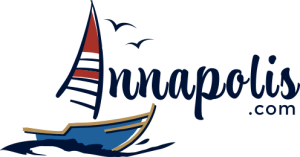
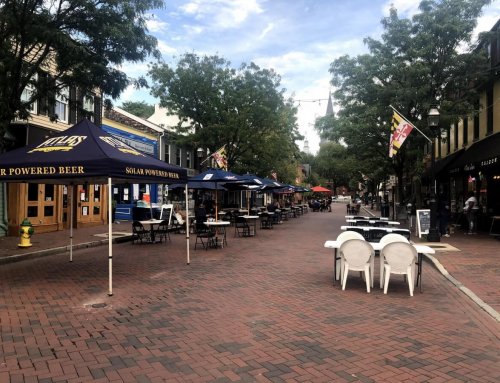
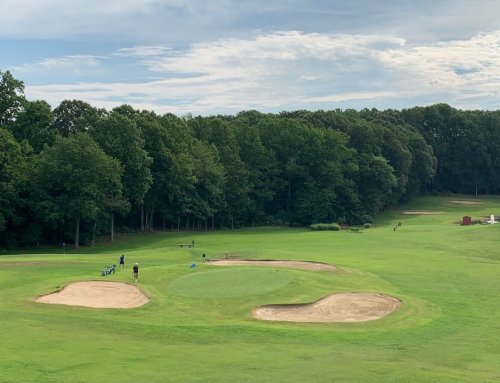
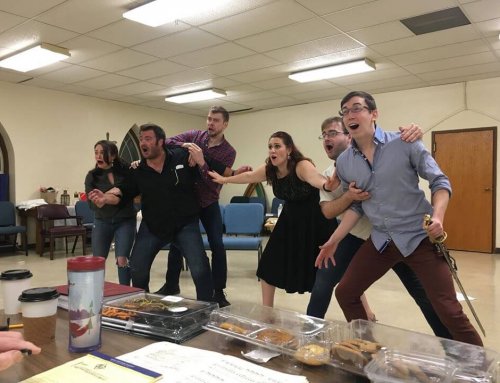
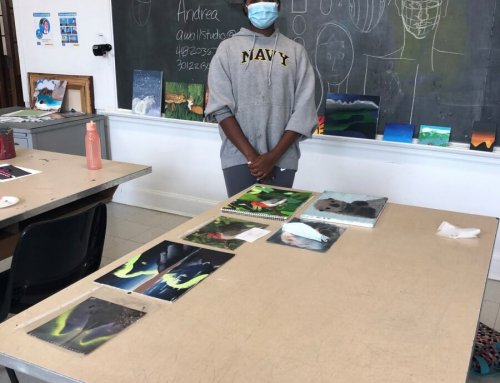
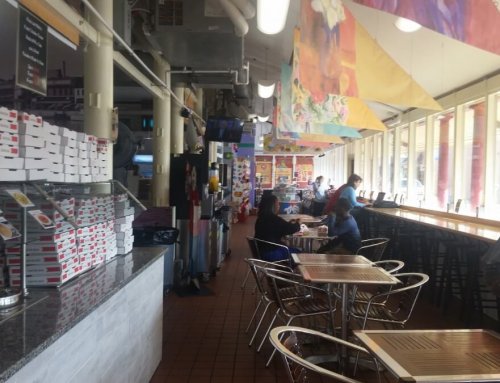
I would like to enjoy the bay on a sailboat.How can i book or reserve this? it is my birthday and my sister and i are coming to visit.
If it’s not too late for your birthday, try ABC (Annapolis Bay Charters) at http://www.annapolisbaycharters.net. Call 1-800-991-1776. They’re the oldest, most reputable charter company on the bay. I’ve sailed with them several times. You can rent from their extensive fleet for a day or longer. Many boats come with A/C.